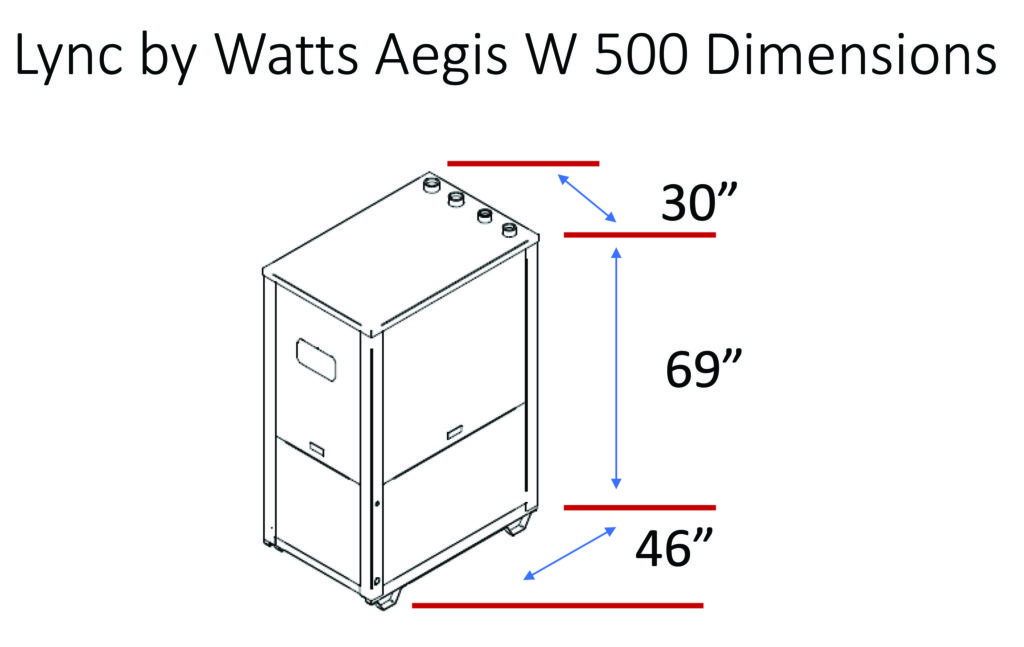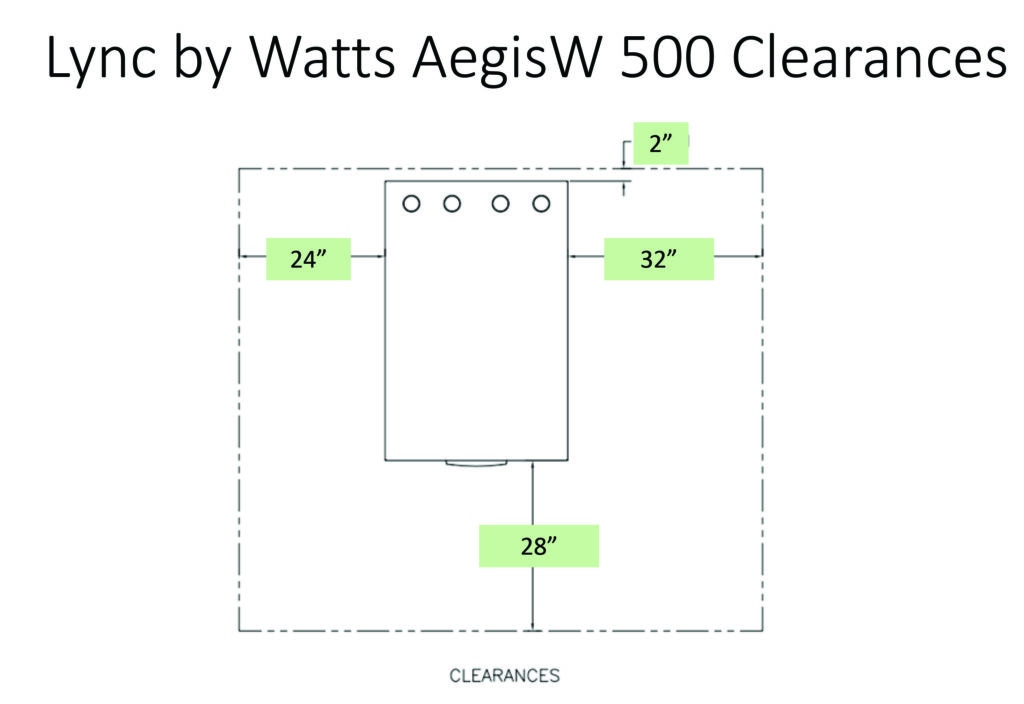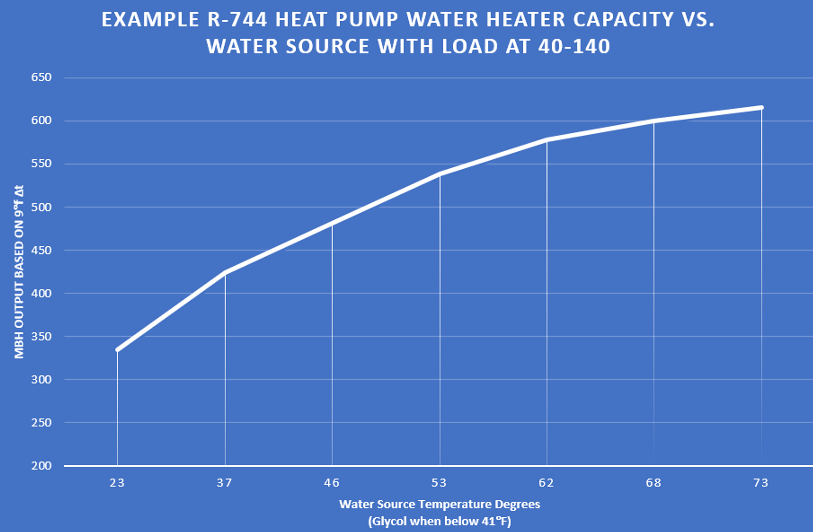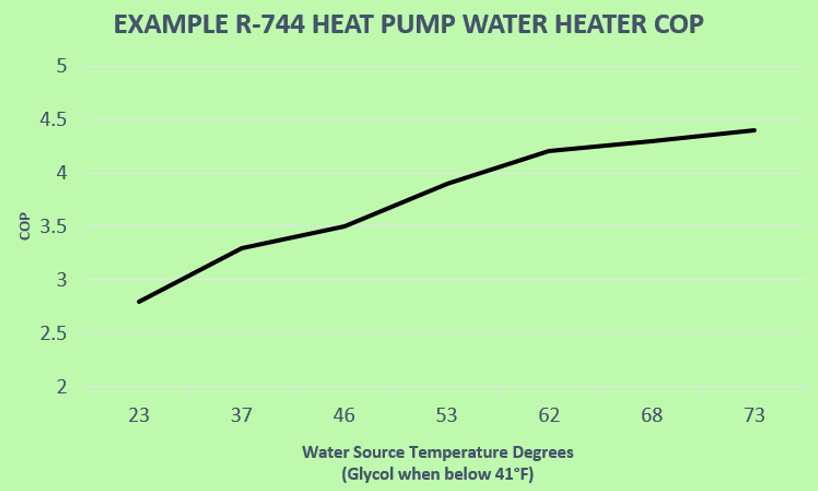Many heat pumps used in Ohio and Michigan are water sources for comfort heating and cooling. Today, we want to look at the water source heat pump water heater and how it differs from the Lync by Watts, Aegis A air source water heater discussed in the last several R. L. Deppmann Monday Morning Minutes.
Water Source Heat Pumps
The water source heat pumps we normally see in the northern climates will use a geothermal system with the piping heat exchangers installed in pond/lake water or in an in-ground earth coupled system. The photo above is from Contractor Magazine and features a water source system designed a decade ago for Saginaw Valley State University. The engineering firm was, Peter Basso Associates from Troy, MI., the mechanical contractors, Remer Plumbing and Heating from Saginaw, and S & J Heating and Insulation from Dewitt, as well as the construction manager, Spence Brothers from Saginaw teamed up on the project.
This water source is used for comfort heating and cooling. It could be, in the future, also used for the domestic hot water load. The temperature of the water varies from summer to winter but is in a fantastic range for a R-744 refrigerant heat pump water heater such as the Aegis W.
Whether the source is a closed or open loop ground source or pond source system, the application remains an excellent choice in the fight to decarbonize hot water heating systems. The ground temperature of 42°F to 57°F is perfect for the Aegis W. Even though water ponds and lake temperatures may dip to 40°F at some times, the R-744 refrigerant solution can manage the extreme temperatures.
Capacities of the Aegis W vs. Source Temperature
Unlike the air source heat pump water heater, the source water temperature is normally in a narrow band. The MBH output of the heat pump will vary based on the Delta T and flow rate of the water source. This shows one model to illustrate the capacity range of this model heat pump.
The chart above shows some of the supply temperatures. The challenge is the Delta T on the water source and a requirement for glycol at low temperatures. At, for example, 40°F and a 9°F ΔT, the outlet temperature would be 31°F which clearly cannot be water only. Glycol requirements will range from 20% to 45%. We can change the delta T and flow rate to adjust the temperatures and that will also affect the capacities.
The COP or coefficient of performance remains high through these water source temperature ranges.
Aegis W Water Source Heat Pump Installation Points
The Aegis A air source heat pump water heater is designed to be mounted outdoors. The Aegis W water source unit is designed to be mounted indoors. We are not relying on air flow around the heat pump, so the space requirements are significantly smaller.


This heat pump is designed using the preferred R-744 natural refrigerant with a global warming potential (GWP) of 1.0 and an ozone depletion potential of 0.0. The use of this refrigerant will also allow a resetting of the outlet temperature to 160⁰F for any Legionella disinfecting processes.
One question that comes up occasionally is the use of the hydronic heating loop as the water source for this heat pump. We would not recommend using water that must be reheated to be used somewhere else. You are defeating the purpose since part of the benefit is the high COP or coefficient of performance. Getting more than 100% of the BTUs out of every kWh you use.
What will be interesting is the use of a chilled water system as the supply and that will be the subject of next week’s R. L. Deppmann Monday Morning Minutes.
Part 1: Heat Pump Water Heaters: The Road to Decarbonization
Part 2: Heat Pump Water Heaters: How They Work
Part 3: Heat Pump Water Heaters: Refrigerants and Weather
Part 4: Heat Pump Water Heaters: Temperatures & Storage
Part 5: Heat Pump Water Heaters: Parts & Pieces & Storage
Part 6: Heat Pump Water Heaters: Hot Water Recirculation
Part 7: Heat Pump Water Heaters: Standby Capacity
Part 8: Heat Pump Water Heaters: Capacity, COP, and Weather
Part 9: Heat Pump Water Heaters: Example Apartment Building
Part 10: Heat Pump Water Heaters: Example Apartment Building Costs
Part 11: Heat Pump Water Heaters: Drive Down First Cost Using Hybrid Solutions




